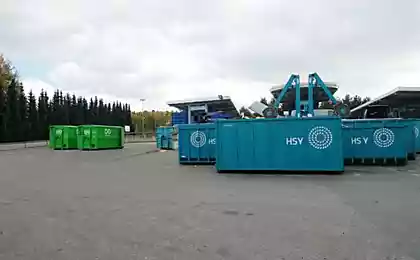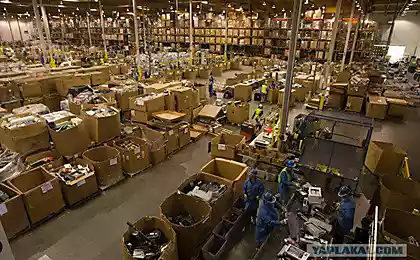1849
Very dangerous job in the world
In Japan, fifty workers Fukushima nuclear power plant risk their lives to save the country from a nuclear holocaust. There is no doubt that they do - it's voluntary death. However, believe it or not, in the list of the most dangerous professions in the world working nuclear power plants do not. Here is a list compiled by the Bureau of Labor Statistics.
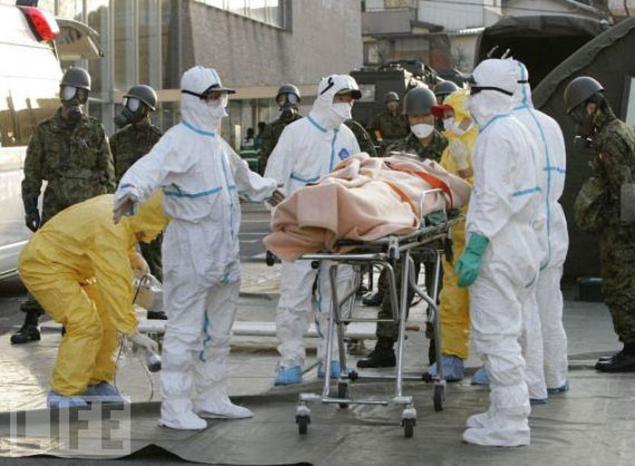
Workers collectors. In 2009 in the United States reported 224 fatal injuries, job-pickers during operation. The percentage of injuries is 18, 3 per 100,000, while the average for all occupations level 3, 3 per 100,000 people.

Truck drivers and drivers, traveling salesmen. Truck drivers and others whose work involves travel, in 2009 received 586 fatal injuries in the workplace. Percent injury is also 18, 3 per 100,000.
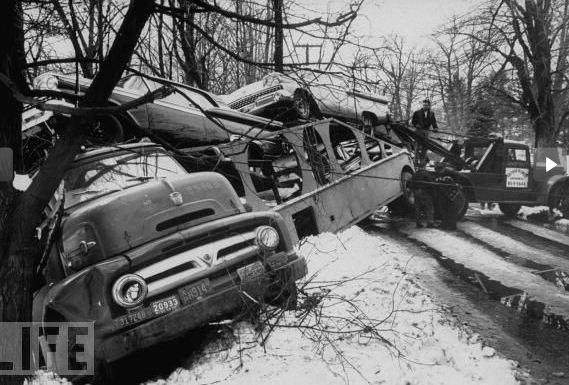
Engineers industrial equipment installers. 81 deaths. The percentage of injuries is 18, 5 per 100,000
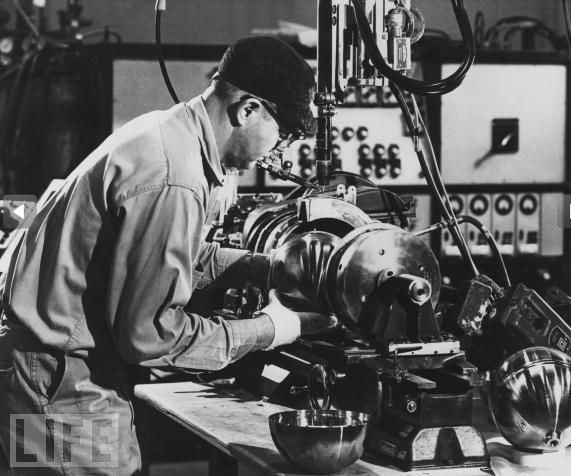
Scavengers. In 2009, due to injuries sustained on the job, died 9 people. Percent injury is 25 2 to 100,000.
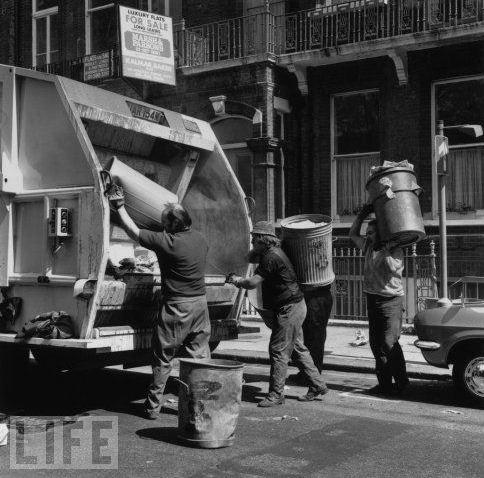
Steelmakers and workers engaged in the handling of iron and steel. In 2009, killed 18 people at work. The percentage of injuries is 30, 3 per 100,000 people.
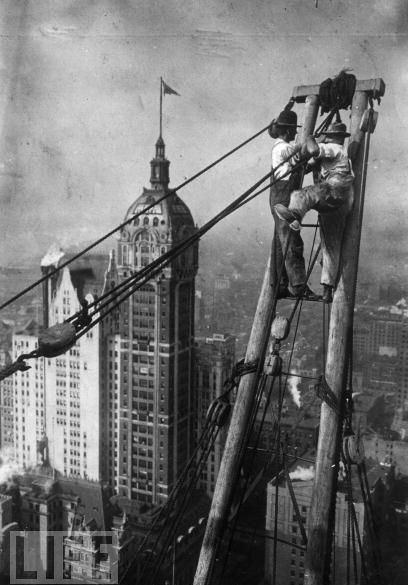
Roofers. In 2009, killed 60 people at work. The percentage of injuries is 34, 7 per 100,000 people.
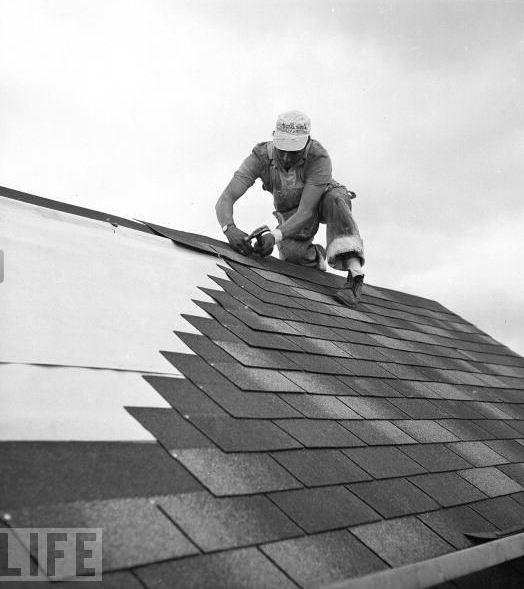
Farmers and ranchers. In 2009, killed 293 people at work. The percentage of injuries is 38, 5 per 100,000 people.
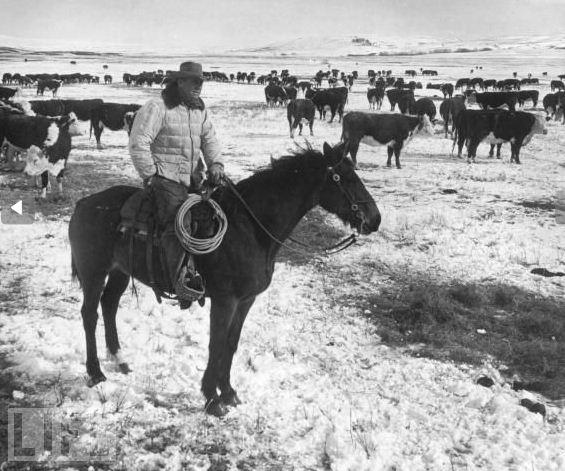
Airline pilots and flight engineers. In 2009, killed 63 people at work. The percentage of injuries is 57, 1 in 100,000 people.
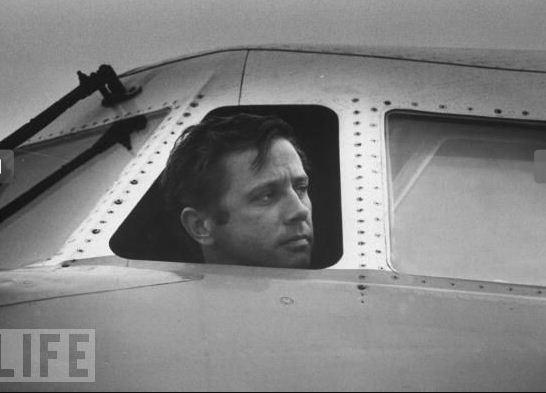
Workers involved in transporting the felled forest. In 2009, killed 34 people at work. The percentage of injuries is 61, 8 per 100,000, which is 20 times higher than the average.
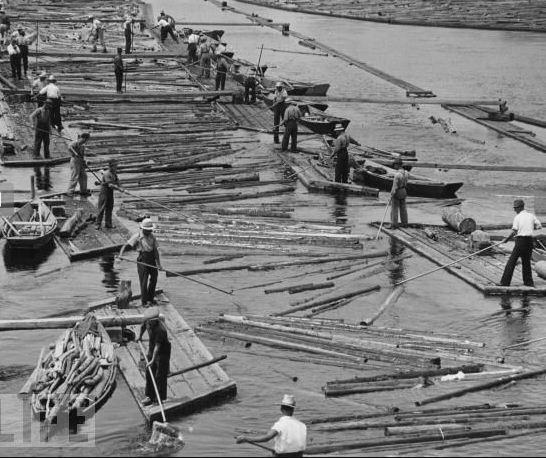
Fishermen and related professions. In 2009, killed 56 people at work. The percentage of injury is 200 per 100,000. The most dangerous job in America at this time.
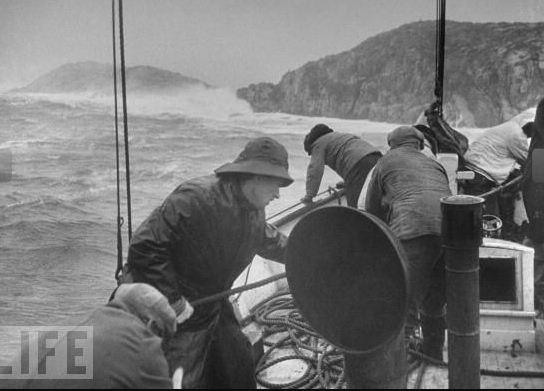
The nuclear industry workers. If we consider the statistics, this profession is not among the most dangerous; because the available workers protective suits and high-quality equipment. But radioactive contamination - a slow death. In addition, the nuclear industry workers live under the sword of Damocles cancer. Even if the situation at the Fukushima adjusted, the consequences for the health of workers can not predict none.
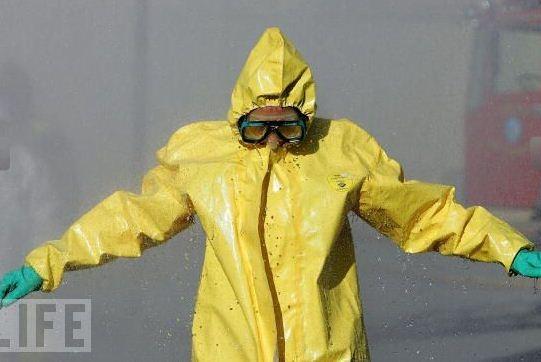

Workers collectors. In 2009 in the United States reported 224 fatal injuries, job-pickers during operation. The percentage of injuries is 18, 3 per 100,000, while the average for all occupations level 3, 3 per 100,000 people.

Truck drivers and drivers, traveling salesmen. Truck drivers and others whose work involves travel, in 2009 received 586 fatal injuries in the workplace. Percent injury is also 18, 3 per 100,000.

Engineers industrial equipment installers. 81 deaths. The percentage of injuries is 18, 5 per 100,000

Scavengers. In 2009, due to injuries sustained on the job, died 9 people. Percent injury is 25 2 to 100,000.

Steelmakers and workers engaged in the handling of iron and steel. In 2009, killed 18 people at work. The percentage of injuries is 30, 3 per 100,000 people.

Roofers. In 2009, killed 60 people at work. The percentage of injuries is 34, 7 per 100,000 people.

Farmers and ranchers. In 2009, killed 293 people at work. The percentage of injuries is 38, 5 per 100,000 people.

Airline pilots and flight engineers. In 2009, killed 63 people at work. The percentage of injuries is 57, 1 in 100,000 people.

Workers involved in transporting the felled forest. In 2009, killed 34 people at work. The percentage of injuries is 61, 8 per 100,000, which is 20 times higher than the average.

Fishermen and related professions. In 2009, killed 56 people at work. The percentage of injury is 200 per 100,000. The most dangerous job in America at this time.

The nuclear industry workers. If we consider the statistics, this profession is not among the most dangerous; because the available workers protective suits and high-quality equipment. But radioactive contamination - a slow death. In addition, the nuclear industry workers live under the sword of Damocles cancer. Even if the situation at the Fukushima adjusted, the consequences for the health of workers can not predict none.









